What kind of coffee do Liberica coffee beans belong to? How does Liberia compare with Arabica?
There are more than 120 identified species of coffee. Producers, traders, roasters, baristas and consumers will be mainly familiar with two of them: Arabica coffee and robusta coffee.
However, the third species after these two species is mainly grown in Southeast Asia: free coffee. Today, it has become the main species of coffee grown in Malaysia and the Philippines.
So, where does liberica come from? How does it taste? Will it become more popular? To answer these questions and learn more, I interviewed Pacita Juan of the United Nations and Gonzalo Hernandez of the coffee guru.
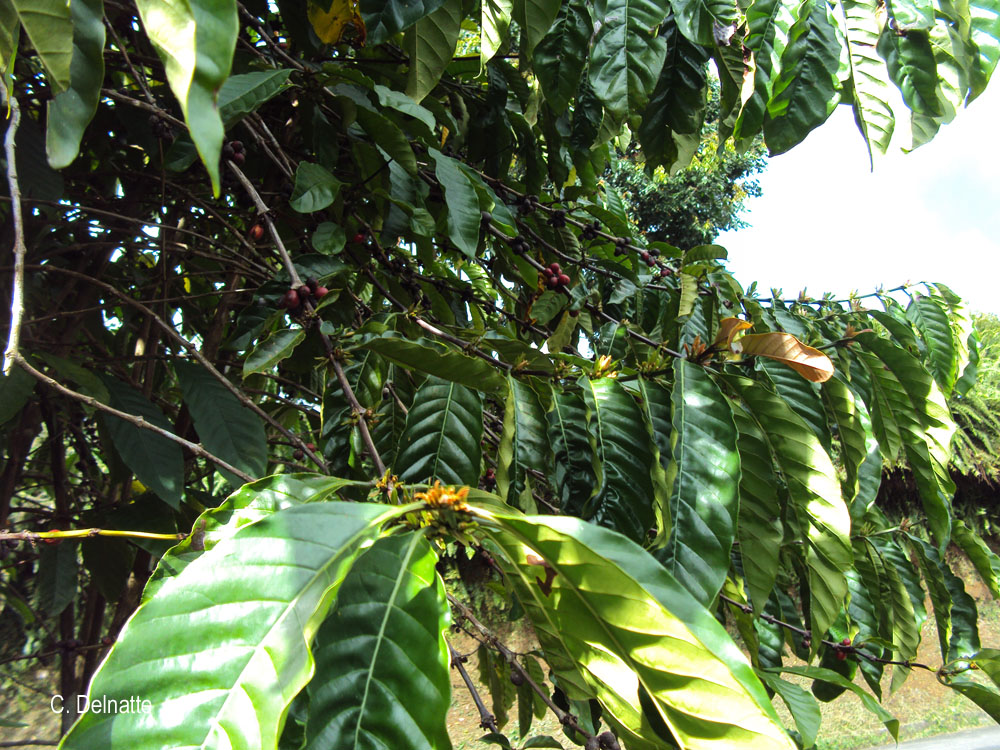
Where does LIBERICA come from?
Liberia card originated in Liberia in West Africa. Today, however, it is mainly grown and consumed in Southeast Asia-the Philippines, Indonesia and Malaysia. In the Philippines alone, Liberica accounts for more than 70% of all coffee grown.
Pacita is a member of the steering committee of the Forest and Farm facilities Department of the Food and Agriculture Organization of the United Nations. She discussed the species' journey from Africa to Asia.
"it may be that Liberia went from Liberia to Ethiopia, and then to the Middle East, so it spread to Southeast Asia. At that time, Muslims often went to Malaysia for religious reasons. "
When the colonists settled, they probably brought liberica plants to Southeast Asia. "most of Southeast Asia is occupied by French, Dutch or Spanish. These European colonists carried coffee with them, thus affecting coffee drinking habits in most parts of Southeast Asia. " Pacita added.
While the details of how Liberia reached South-East Asia may be controversial, studies do show that Liberia's popularity increased significantly in the late 19th century.
This is because around 1890, more than 90% of the world's Arabica coffee plants swept rust. Subsequently, adaptability to diseases and pests has become a high priority for many producers.
Although many producers turned to Robusta at this time, producers in the Philippines were encouraged to grow free grass. This is because Liberian plants are much more resistant to coffee bean rust and grow more easily than Arabica at higher temperatures and lower elevations. In addition, pests find it difficult to penetrate the skin of Liberian cherries because they are significantly harder.
The close distance and convenient travel from the Philippines to other Southeast Asian countries means that the species spreads rapidly. "the Philippines is only one ship away from Malaysia and Indonesia," Pacita explained. "Coffee and spices can move [from one country to another] without [need] a big boat."
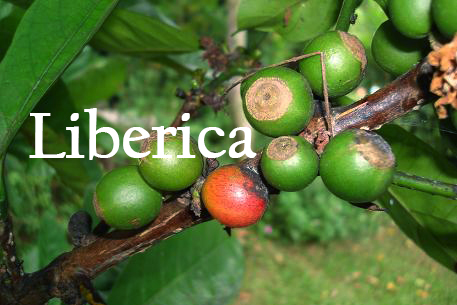
Characteristics of Liberia
Gonzalo Hern á ndez (Gonzalo Hernandez) is the owner and manager of Coffea diversa, a Costa Rican "coffee garden" that grows more than 700 different plant coffees. Today, he explained, Liberia "can find the wild throughout tropical Africa".
"this is a very strong coffee factory," he added. It grows well under Coffea diversa conditions in southern Costa Rica.
"We have several natural variants, even in coffee xenobiotics. "[liberica] has a natural mutation that produces ripe cherries in yellow, while the other ripens in pink," he added.
Within five years of planting, Liberian trees began to carry cherries. They are very tall, and some trees are as high as 17 meters, which makes it difficult to pick cherries.
Leaves and cherries are also significantly larger than Arabica and Robusta plants. The leaves of Liberia can grow up to 30 centimeters, and the cherries of this species can be almost twice as large as the other two cherries when ripe.
In addition, by comparison, the pulp-to-parchment ratio of Arabica and Robusta is about 60:40, while that of Arabian chrysanthemum and Robusta is 40:60. This not only increases the drying time of Liberian cherries, but also affects the flavor. "liberica has a fruity flavor because it produces a lot of pulp and fermentation when it dries naturally," Pacita explained.
"it tastes a bit like jackfruit (now widely used as a meat substitute)," she said. " Jackfruit is very popular in Southeast Asia. The taste we get in liberica is almost always described as [similar] to jackfruit, not drupes or oranges.
Naturally processed Liberia tends to produce these delicate polo honey flavors, while water washing produces more citrus and floral aromas, even with a "traditional" flavor like chocolate.
In addition, other significant flavor features of Liberica include a long-lasting taste and long-lasting sweetness-Liberika is often described as sweeter than Arabica coffee. This may be because Liberian seeds are more porous, which means that coffee beans will eventually absorb more sugar from the mucus.
Today's Liberika
About 20 years ago, liberica had an immature position in the global coffee market, mainly for commodity-grade instant coffee.
"Liberica is mixed with Robusta because farmers don't have buyers," Pacita said. Usually, they sell the mixture to soluble coffee manufacturers such as Nestl é or to manufacturers who usually buy robusta coffee. "
But, she added, efforts at the beginning of the 21st century helped promote the species in the Philippines. "in 2001 and 2002, we paid a premium to enable farmers to classify coffee and [identify] Liberian cards. The whole movement went on... We had a taste test, and [a lot of people] actually liked the taste of Liberica.
We wrote a book about it in 2005, called Barraco: beans. [it explains that Liberika] is of greater value than the commercial Robusta, which leads to more interest in planting the tree. "
In addition, importing Arabica coffee to parts of South-East Asia (i.e. Malaysia and the Philippines) can be expensive. Since Liberia is locally grown, it is usually easy to obtain and affordable.
Today, Liberika has a strong position in the Southeast Asian market. Pacita points out that this may be partly due to religious needs. "Malaysia and Indonesia are mainly Muslim [countries]," she said. "after prayer, [drinking coffee often] is part of the daily work.
"[in addition] in the Middle East, there is also a great demand for Libria. It has a fruity taste, and its brewing process is very light, almost like tea. It is often drunk like dates as afternoon tea. "
Further afield, liberica has traditionally been used in blends to provide an aftertaste. But Gonzalo explains that coffee (Coffea diversa) is experimenting with various processing techniques to enable the species to thrive as a single origin.
"We process our Liberika coffee in a variety of ways: washing, honey, natural, alcoholic carbon impregnation, honey carbon impregnation. All these processes show different flavors and nuances and are highly valued by customers. "
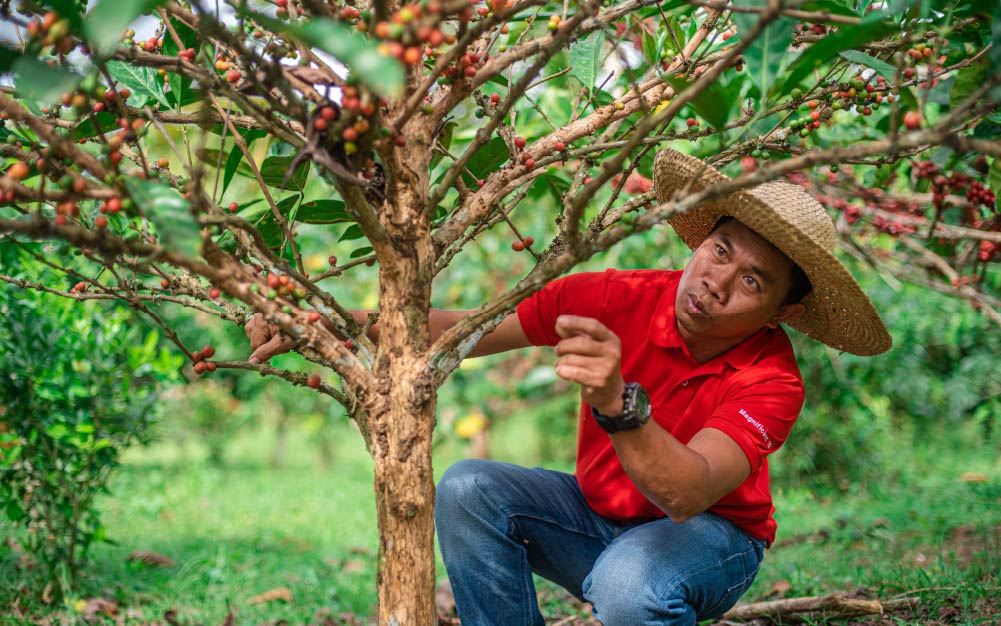
What will happen in the future?
Around the world, people's perception of liberica is beginning to change and improve. Last year, Borneo held the first coffee symposium, focusing on professional Liberika, and even held a Liberika baking competition.
But, Gonzalo points out, just like Arabica coffee, the production of specialty or high-quality Liberika is very strict. The only way to overcome the negative implications associated with Liberika is to give specialty coffee lovers a chance to taste it.
"to do this, cutting-edge specialty coffee roasters need to include Liberika coffee produced under special agreements in their products."
This may be of particular interest to some third-wave roasters and cafes, especially those who are more interested in rare, more unconventional varieties and processes. "[there are even Facebook groups just for liberals," Pacita said. "Japan has also revived interest because the market often wants high-quality or rare [coffee]."
For producers, Liberia has a wide range of benefits. In addition to its resistance to diseases and pests, it can also grow well in other crops, thus enabling farmers to diversify their crops to increase stability.
"you can even plant purple grass in other fruit trees," Pacita said. Bananas, papayas and pineapples are especially suitable for growing with coffee, so they are good companion crops. Peanuts can also fix nitrogen in the soil.
For farmers who can only harvest coffee once a year, these are economic solutions; [Liberia gives them the opportunity] to grow cash crops between harvest seasons. "
In addition, climate change means that much of the land suitable for growing Arabian plants (with strict temperature requirements) has become unusable. For producers in these areas, investing in stronger crops may be the only option. It turns out that Librika is more resilient in some areas than Robusta-the roots grow deeper and can grow in many different types of soil.
Pacita added that farmers are likely to get higher prices in Liberia than Robusta. However, the productivity of Liberian plants is not as productive as that of Robusta, which is a compromise. "it's balanced," she said. "you have fewer trees to take care of and less coffee to sell, but in the end [farmers] can get the same money."
If we want to promote the development of the industry together, then the diversity of the varieties and plants we grow is very important. This is another step towards the broader sustainability of coffee producers and the entire supply chain.
Liberica's unique cup profile, high resilience and legendary background make it an attractive new choice for both producers and consumers. In an era full of problems and worries, this may be a rare opportunity. However, it remains to be seen whether it will serve as a solution.
Important Notice :
前街咖啡 FrontStreet Coffee has moved to new addredd:
FrontStreet Coffee Address: 315,Donghua East Road,GuangZhou
Tel:020 38364473
- Prev
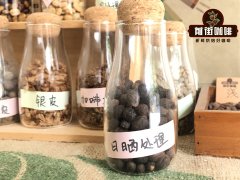
Ethiopia Yegashifi Erica Coffee beans juicy Sun how to make Erica Coffee
Professional coffee knowledge exchange more coffee bean information please follow the coffee workshop (Wechat official account cafe_style) Erica this coffee bean is familiar to Essex fans. The score of Erica's beans has reached an astonishingly high score of 95 on the international cup testing website Coffee Review, which shows the high quality. From the appearance, consistency and freshness of raw beans to the appearance of coffee
- Next
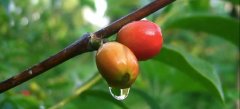
Ethiopia Yega Sheffield Hofsa Cooperative Coffee Bean washing Hovsa Coffee brewing Flavor
Professional coffee knowledge exchange more coffee bean information please follow Coffee Workshop (Wechat official account cafe_style) I believe you have also learned a lot about the famous cooperatives in Ethiopia these days, the establishment of cooperatives has indeed given many small farmers better resources to grow and sell. In Qianjie, this article continues to talk about cooperatives and the pioneers of the first wave of cooperatives in Ethiopia.
Related
- Beginners will see the "Coffee pull flower" guide!
- What is the difference between ice blog purified milk and ordinary milk coffee?
- Why is the Philippines the largest producer of crops in Liberia?
- For coffee extraction, should the fine powder be retained?
- How does extracted espresso fill pressed powder? How much strength does it take to press the powder?
- How to make jasmine cold extract coffee? Is the jasmine + latte good?
- Will this little toy really make the coffee taste better? How does Lily Drip affect coffee extraction?
- Will the action of slapping the filter cup also affect coffee extraction?
- What's the difference between powder-to-water ratio and powder-to-liquid ratio?
- What is the Ethiopian local species? What does it have to do with Heirloom native species?

